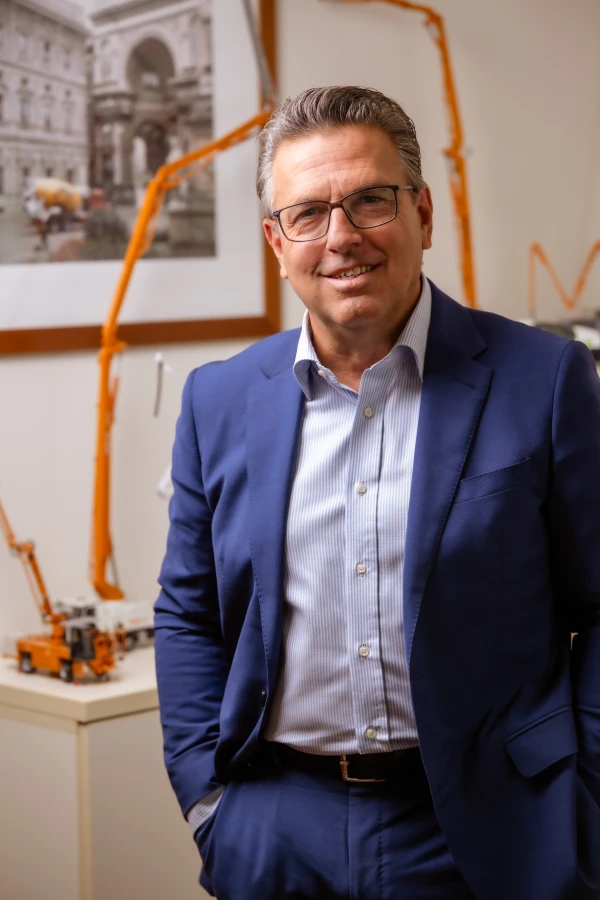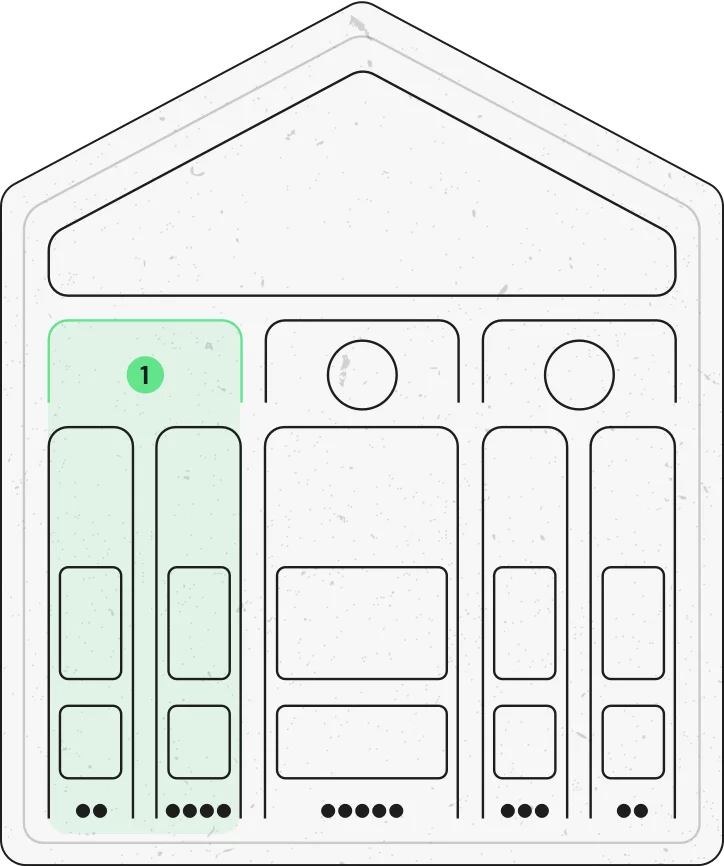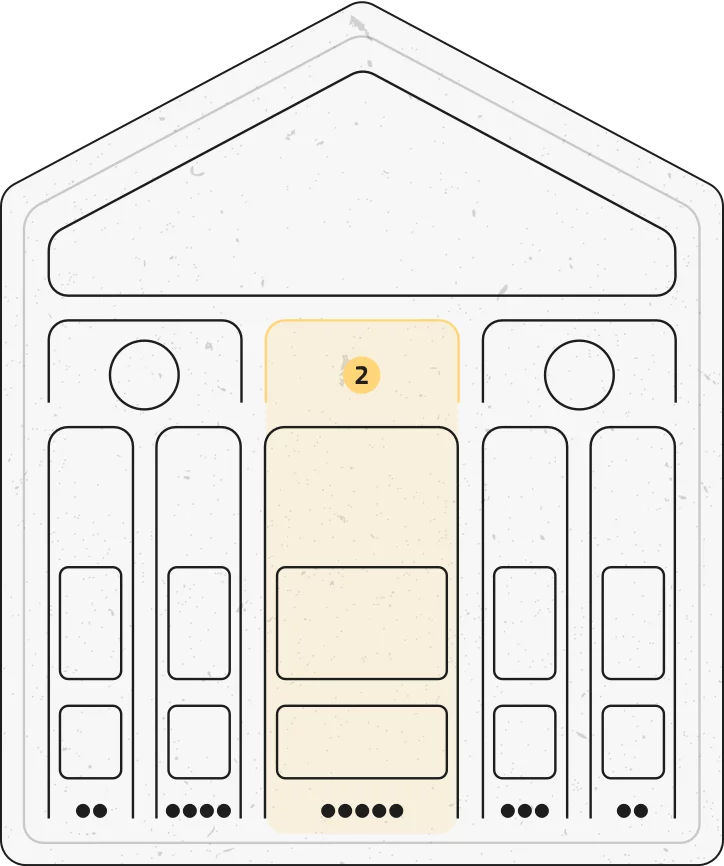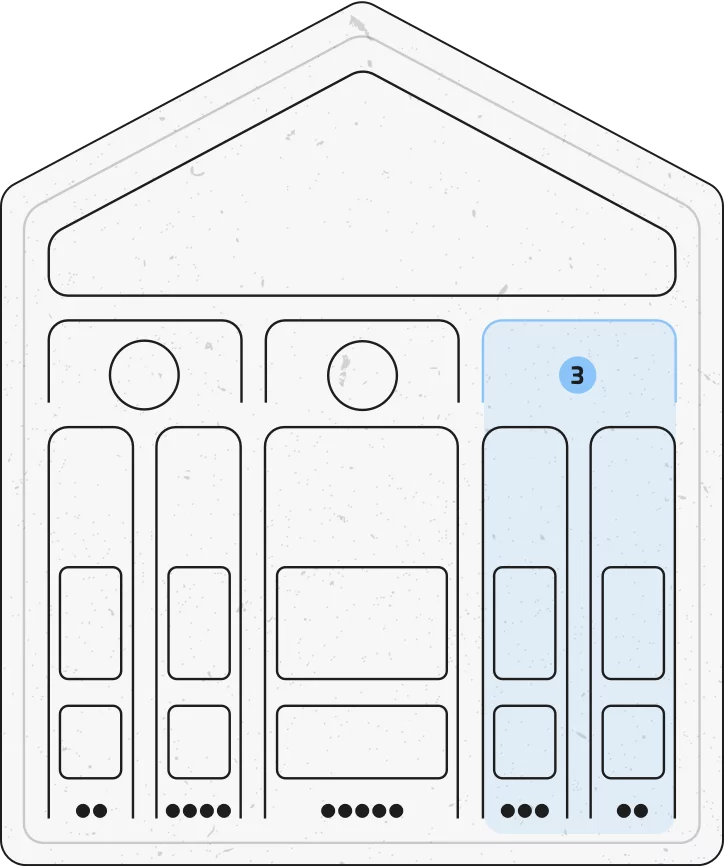We are committed to a sustainable future
Aware of the strategic role within the construction supply chain, we intend to be an active part of the transition process towards a more sustainable sector, promoting values and practices aimed at protecting the environment and collective well-being. Our commitment takes shape through ethical and responsible conduct, directed at all stakeholders we interact with, with the primary goal of ensuring high safety standards for suppliers, clients, employees, end users, and those who benefit from the spaces created with our products.
For two years now, our path of sustainable growth has been guided by the Sustainability Strategic Plan, built around the transversal principles of durability and health & safety, which represent the foundation of our corporate identity.
Do you want to know how we build our report?

Words from CEO Davide Cipolla
«Our commitment to sustainability is not limited to measuring the impacts of our activities on the environmental and social context. We also look further, carefully evaluating the risks and financial opportunities that arise from the external context and that are closely linked to the management of sustainability issues.
With an eye to the future, we are deeply aware of the importance of providing increasingly precise, consistent, and useful information to all our stakeholders.
This commitment is the foundation of our dedication to sustainable growth, guided by the values that distinguish us: responsibility, innovation, and transparency.
Our vision is clear: we want to be active protagonists in the transformation of the construction sector. We do this by developing and promoting technological solutions with reduced environmental impact, supporting the safety and well-being of workers, and building industrial models that generate lasting value for people and the territories in which we operate.
Our ambition goes well beyond mere regulatory compliance. We want to enhance sustainability as a strategic and systemic lever, capable of promoting innovation, growth, and long-lasting relationships within the ecosystem to which we belong.
Together, we can build a better future, where sustainability is not only a goal but also a driver of positive change for everyone.»
The plan’s architecture
CIFA’s plan is represented through the “building of sustainability”.
It is made up of the vision – the roof – the supporting pillars and the areas that give life to CIFA’s macro-objectives and goals in terms of sustainability, which ultimately translate into operational projects. In this structure, the transversal principles represent the material that cements it all together: CIFA’s commitment to lasting construction.
We are a fundamental link in the construction value chain, and for this reason, we want to promote the transformation of the entire sector by being carriers of sustainability values.
The transversal principles
Our sustainability plan develops with two transversal principles in mind:
Health & Safety
Durability
The three pillars
CIFA’s plan is represented through the “building of sustainability”.
It is made up of the vision – the roof – the supporting pillars and the areas that give life to CIFA’s macro-objectives and goals in terms of sustainability, which ultimately translate into operational projects.

Green & circular mindset
The first pillar concerns all activities aimed at improving CIFA's impacts on the environment.
Specifically, the intention is to spread a circular approach in the company to close the "production circle" with two objectives: to make the life cycle of products longer and to recover waste.


People empowerment
The second pillar aims to improve CIFA's impact on collaborators and employees.
It aims to bring into effect a set of actions that can ensure a high degree of welfare for its employees to enable CIFA's organic and permanent growth.


Ecosystem Approach
The third pillar is concerned with activities to improve CIFA's impact on society as a whole and the local area.
Specifically, the company wants to act on its supply chain, both upstream and downstream, at the construction site and in the local area.
